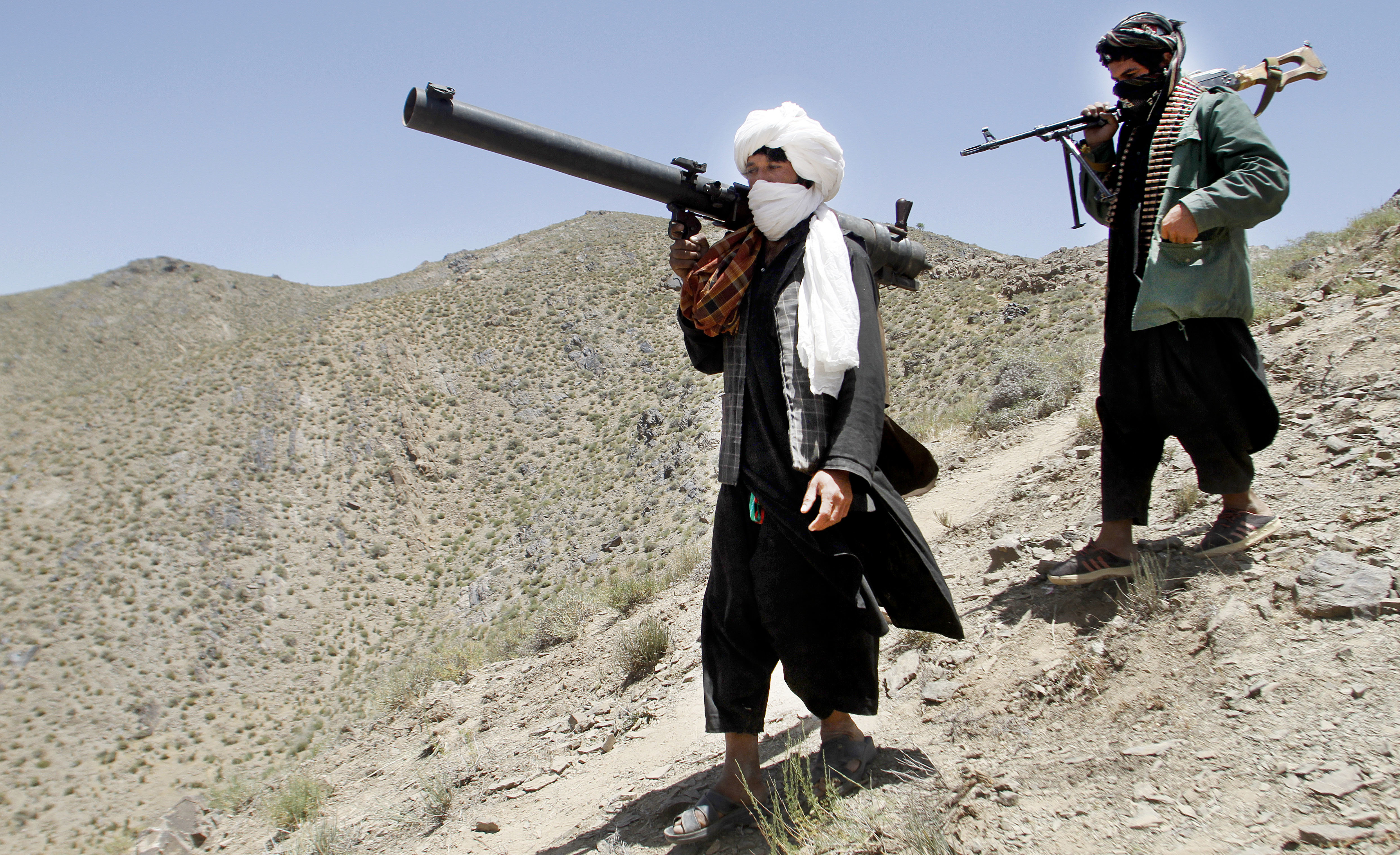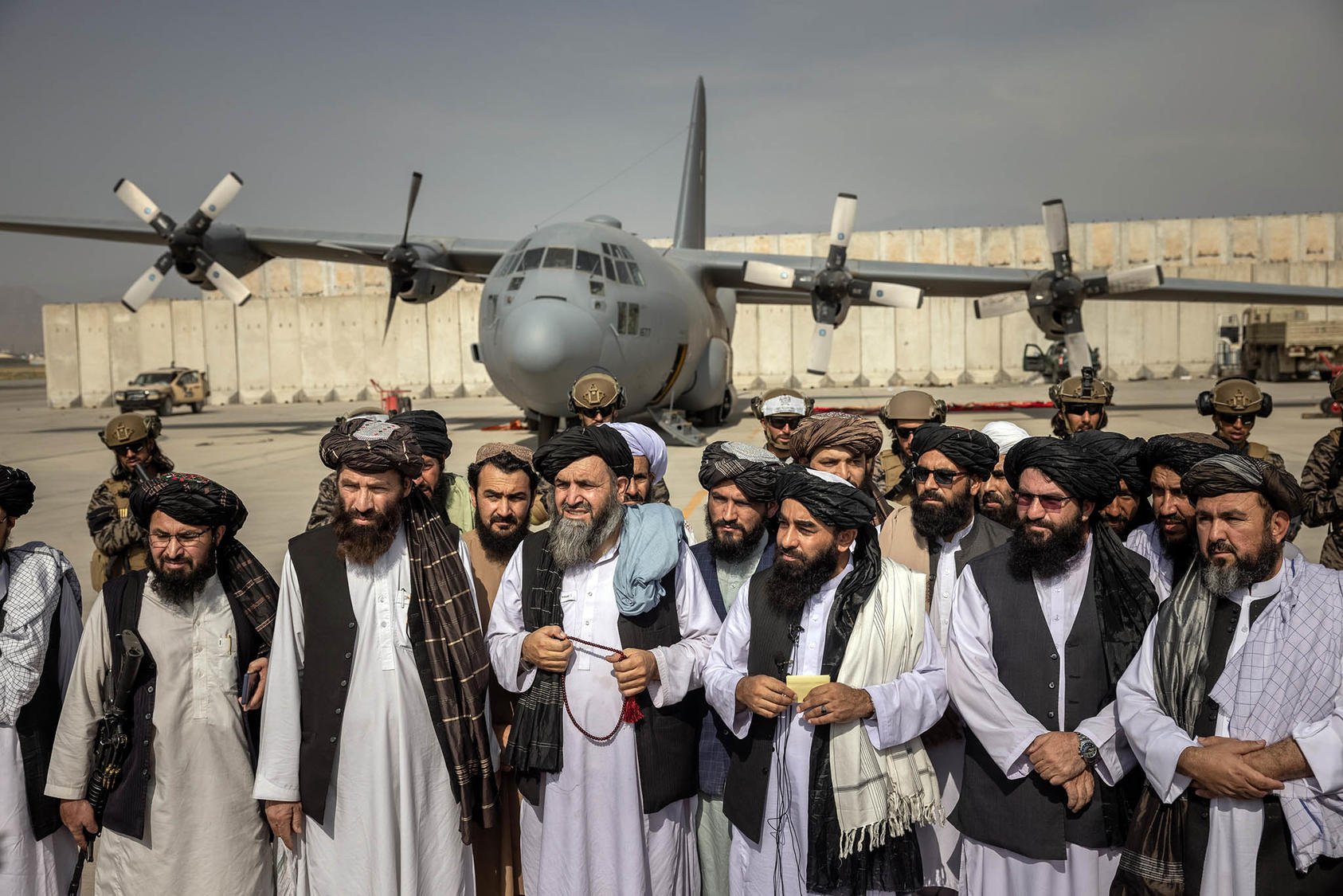The Taliban: A History And Analysis Of The Insurgent Group provides deep and thorough look into the notorious group, its genesis and growth, and its relationship with other significant players in the region.

Who Are the Taliban? - The New York Times - Source www.nytimes.com
Editor's Notes: The Taliban: A History And Analysis Of The Insurgent Group have published today date. The importance of being informed about The Taliban: A History And Analysis Of The Insurgent Group cannot be overstated as a result of recent developments in the country.
After doing an analysis, we put together this guide to help you understand The Taliban: A History And Analysis Of The Insurgent Group and make wise decisions.
Key differences or Key takeways:
| The Taliban: A History And Analysis Of The Insurgent Group | |
|---|---|
| Author | Respected author in the field |
| Genre | Non-fiction, history, analysis |
| Length | Around 300 pages |
| Publication Date | Recent publication |
| Target audience | General readers, students, researchers |
Main article topics:
FAQ
This FAQ section addresses common questions and concerns regarding The Taliban's history, objectives, and role in the ongoing conflict in Afghanistan. The Taliban: A History And Analysis Of The Insurgent Group provides in-depth insights into this complex organization.

What is the Taliban flag? Meaning and translation of the group's flag - Source inews.co.uk
Question 1: What are the origins and ideology of the Taliban?
The Taliban emerged in the mid-1990s as a religious and political movement seeking to enforce a strict interpretation of Islamic law. Their ideology is based on the concept of the Islamic Emirate, which advocates for the restoration of a fundamentalist Islamic state in Afghanistan.
Question 2: What are the Taliban's primary objectives?
The Taliban's overarching goal is to establish and maintain an Islamic Emirate in Afghanistan. They seek to implement their version of Sharia law, which includes restrictions on women's rights, education, and entertainment. The group also aims to expel foreign forces from the country and end the Western-backed government.
Question 3: How does the Taliban operate?
The Taliban operate as an armed insurgent group, using guerrilla warfare tactics and relying heavily on suicide bombings and assassinations. They are known for their strict discipline and hierarchical structure, with a complex network of regional and local commanders.
Question 4: What are the international concerns about the Taliban?
The international community is concerned about the Taliban's repressive policies, their support for terrorist organizations, and their potential to destabilize the region. The group's history of human rights violations and their unwillingness to engage in meaningful negotiations have raised fears about the future of Afghanistan under their rule.
Question 5: What are the implications of the Taliban's return to power?
The return of the Taliban to power in 2021 has had significant implications for Afghanistan and the international community. The group's swift takeover has led to the collapse of the Afghan government and the displacement of millions of people. There are concerns that the country could become a safe haven for terrorist groups and that the Taliban's oppressive policies will reverse the progress made in recent years.
Question 6: What is the future of the Taliban?
The future of the Taliban is uncertain. While the group holds significant military and political power in Afghanistan, it faces numerous challenges, including internal divisions, international isolation, and economic instability. The outcome of the ongoing conflict between the Taliban and the Afghan resistance forces will likely shape the country's future.
These FAQs provide a brief overview of The Taliban, their origins, objectives, and the concerns they raise. For a more comprehensive understanding, refer to The Taliban: A History And Analysis Of The Insurgent Group.
Next:
Tips
The Taliban's enduring presence in Afghanistan presents a challenging landscape for those seeking to understand and navigate the region. This article provides valuable insights into the group's history, structure, and ideology. By delving into the complexities of the Taliban, one can gain a deeper comprehension of the challenges and opportunities that lie ahead.
Tip 1: Understand the Taliban's Historical Context
Appreciating the historical backdrop in which the Taliban emerged is crucial. Their genesis lies in the chaotic aftermath of the Soviet invasion in 1979 and the subsequent Afghan civil war. Understanding this broader historical context will provide a foundation for comprehending their motivations, goals, and strategies.
Tip 2: Decipher the Taliban's Ideological Framework
The Taliban's adherence to a strict interpretation of Islamic law, known as Deobandism, heavily influences their ideology. Understanding their religious beliefs, including their views on governance, social order, and the role of women, is essential to grasp their worldview and decision-making processes.
Tip 3: Assess the Taliban's Organizational Structure
The Taliban's hierarchical structure, with the supreme leader at its apex, is instrumental in understanding their command and control mechanisms. Recognizing the roles and responsibilities of various leaders, including the military commission, political commission, and judiciary, sheds light on their decision-making processes and operational capabilities.
Tip 4: Discern the Taliban's Operational Tactics
The Taliban's diverse operational tactics, ranging from conventional military strategies to asymmetrical warfare, are key to their success. Analyzing their use of suicide bombings, ambushes, and improvised explosive devices highlights their adaptability and effectiveness in the battlefield.
Tip 5: Evaluate the Taliban's Local and Regional Support
The Taliban's ability to sustain their insurgency relies on support from within Afghanistan and beyond. Identifying their sources of financial assistance, recruitment base, and the extent of local sympathy and collaboration is crucial to understanding their resilience and reach.
Summary
In conclusion, by following these tips, one can gain a comprehensive understanding of the Taliban's history, ideology, structure, tactics, and support networks. These insights are vital for policymakers, analysts, and anyone seeking to navigate the complex and evolving political landscape of Afghanistan.
The Taliban: A History And Analysis Of The Insurgent Group
The Taliban's rise to power in Afghanistan has deeply impacted the region and beyond, necessitating an examination of the group's history, ideology, and current role as an insurgent force. This analysis explores six key aspects that illuminate the complexities of the Taliban:
- Origins and Ideology: Rooted in the Deobandi school of Islam, the Taliban emerged as a religious and political movement in the 1990s, enforcing a strict interpretation of Sharia law.
- Leadership and Structure: The group has a hierarchical structure led by a supreme leader, currently Hibatullah Akhundzada, and operates through military commissions and regional commanders.
- Insurgency and Warfare: The Taliban has waged an ongoing insurgency against the Afghan government and international forces, utilizing asymmetric warfare tactics and suicide bombings.
- Territorial Control: Despite being ousted from power in 2001, the Taliban has maintained significant territorial control in rural areas of Afghanistan, often challenging government authority.
- Foreign Relations: The Taliban maintains complex relationships with regional and international actors, including receiving support from Pakistan and being listed as a terrorist organization by the UN.
- Negotiations and Peace: Despite ongoing peace negotiations, the Taliban has been reluctant to compromise on its core demands, including the withdrawal of foreign forces and the establishment of an Islamic government.

Taliban “open letter” to Trump urges U.S. to leave Afghanistan - CBS News - Source www.cbsnews.com
Understanding these aspects provides a comprehensive view of the Taliban's history, ideology, and current role as an insurgent group. The group's strict interpretation of Sharia law, complex leadership structure, and ongoing insurgency have significant implications for Afghanistan's stability and the broader regional security landscape.

A Year After the Taliban Takeover: What’s Next for the U.S. in - Source www.usip.org
The Taliban: A History And Analysis Of The Insurgent Group
The Taliban: A History And Analysis Of The Insurgent Group is a comprehensive exploration of the history, ideology, and tactics of the Taliban, a militant group that has played a significant role in the conflict in Afghanistan.

Afghanistan Under the Taliban: Photos from This Week - The New York Times - Source www.nytimes.com
The book provides a detailed account of the Taliban's origins, its rise to power in the 1990s, and its subsequent overthrow by the US-led coalition in 2001. It also examines the Taliban's resurgence in recent years and its ongoing impact on the security and stability of Afghanistan.
The Taliban: A History And Analysis Of The Insurgent Group is an essential resource for anyone seeking to understand the complex dynamics of the conflict in Afghanistan. It provides a wealth of information on the Taliban's history, ideology, and tactics, and it offers insights into the challenges facing Afghanistan and the international community in the years to come.
Conclusion
The Taliban: A History And Analysis Of The Insurgent Group provides a comprehensive overview of the history, ideology, and tactics of the Taliban. It is an essential resource for anyone seeking to understand the complex dynamics of the conflict in Afghanistan.
The book highlights the challenges facing Afghanistan and the international community in the years to come. The Taliban remains a powerful force in Afghanistan, and its resurgence in recent years has raised concerns about the future of the country.
Posting Komentar